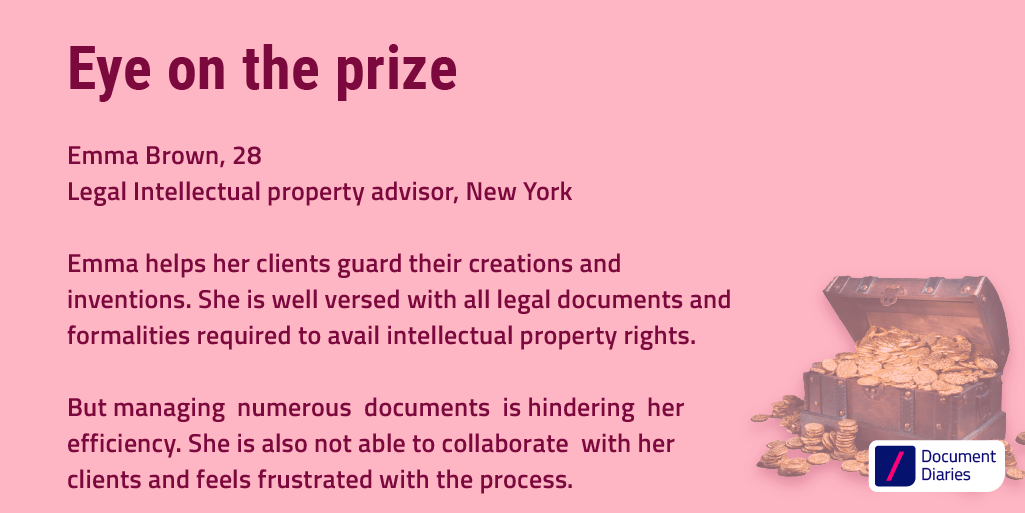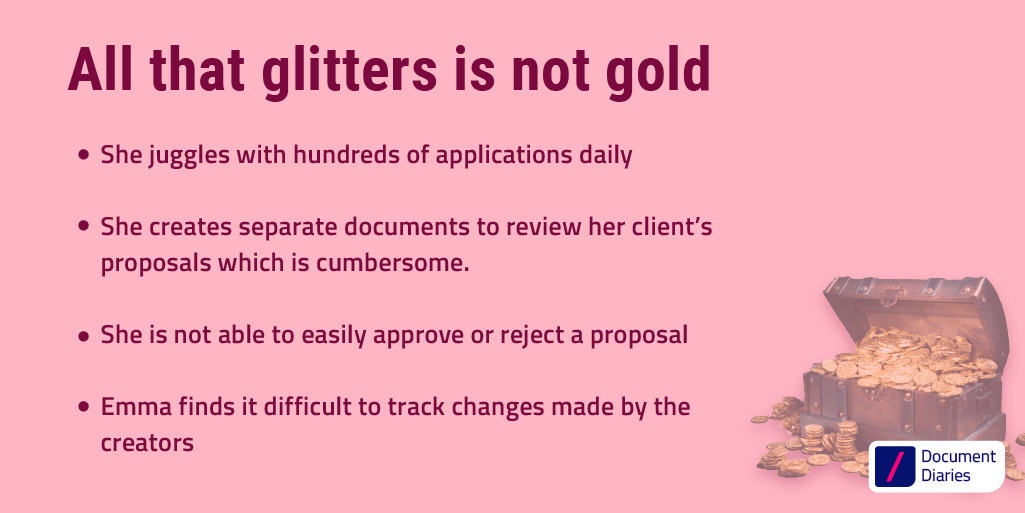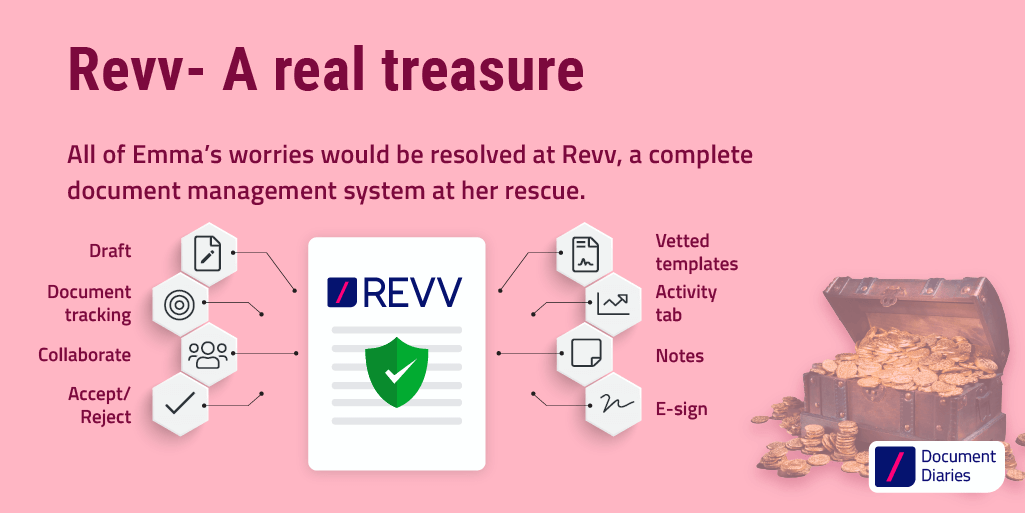Intellectual Property (IP) law plays a central role in every industry. Most business professionals assume someone owns every idea or innovation, but that isn’t true. Ideas and innovations are as free as a bird under US law.
If you come up with an idea and share it with the person next to you, they are free to exploit, monopolize, and monetize it (and possibly make millions of it). Penicillin, the antidote, became a classic example of patent wars. Alexander Fleming understood his creation’s potential and ensured it was freely available to as much of the world’s population as possible. He transferred his patent knowingly to the US and UK governments, which could mass-produce it and save millions of lives.
Intellectual property (IP) helps with securing and enforcing legal rights to such ideas, inventions, designs, and artistic works. IP shouldn’t be viewed as a rule but an exception.
However, before applying for intellectual property, it is important to find out whether a patent, trademark, copyright, etc., or a combination of these are required. In the USA, you need to determine if the invention is patentable from the United States Patent and Trademark Office (USPTO). Once you have determined the type of patent required, the next step is to prepare the submission and work with the examiner toward the next steps. While the USPTO always requests to take the assistance of law firms or a registered patent attorney, they also have Pro se Assistance Programs that help you file a patent application on your own.
Patenting requires the exchange of multiple documents between you and a legal entity that will help you go ahead with the patenting process. This is why it is recommended to start using secure document management systems that will help maintain the flow of information between stakeholders, all the while ensuring privacy and security which is important in such documents.
⚒ Breaking it Down!
What is Intellectual Property and its various types? Where is it applicable?
Intellectual Property refers to the creations of the mind, such as inventions, literary and artistic works, designs and symbols, names, and images used in commerce. As a result, one must understand the various types of Intellectual Property and access the perceived value, longevity, and cost-effectiveness of your Intellectual Property rights.
Patent
It allows the inventor to enjoy exclusive rights. A patent prevents others from using, buying, or selling the invention for a certain period of time without prior permission. The inventor can sell or transfer the ownership at a profit to another person or business.
The rights of a patent will be valid for up to 20 years depending on the patent type you apply for. But you have to be aware that your patent protection will be denied if the invention is obvious, not useful, or morally offensive.

The three different types of patents that you will get:
- Utility Patent: Concerned with innovation and technological advances and has validity for a minimum of 20 years from the date of application
- Design Patent: Concerned with the new and original designs for items with a validity that lasts for a 14-year term.
- Plant Patent: Concerned with the invention and discovery of a distinct or new variety of plants with a validity that lasts for a 20-year term from the date of application.
Patent protection lets the inventor enjoy the benefits of their research and help the economy grow by promoting creativity and knowledge sharing.
For example – The 3D printer was patented by Chuck Hull under the name of ‘Apparatus for production of three-dimensional objects by stereolithography.’ Since then, 3D printing is being used by multiple industries, letting Mr. Hull reap benefits from the invention made 30 years ago.
Trademark
A trademark is a distinct sign in the form of a text, word, design, symbol, signature, shape, smell, color, sound, packaging, texture, or a combination of these elements. It allows the customer to identify the product or service and helps distinguish competitors from one another. It creates goodwill or reputation for the manufacturer or service provider.
For eg- Any person who looks at the below symbol will be able to associate it with Apple company and not the fruit. This symbol is apple’s trademark.

Once a trademark is registered in the name of an individual or business, it will remain in their name, unlike patents, it will not expire.
Copyright
The primary role of copyright law is to protect the time, effort, and creativity of the creator’s work. It grants the creator the ‘exclusive right’ to sell, publish and reproduce its literary and artistic creations. It is critical to know that copyright covers tangible forms of creation and not merely an idea. This differentiates copyright from a patent.
Under US law, a work automatically gets copyrighted on its creation. You do not have to file applications and circulate documents for the same.
For eg – Art Rogers, shot a photograph of a couple with eight puppies. He used the image on cards and other products that he sold. Another artist, Jeff Koons used the same picture as a reference to create sculptures that earned him significant profits. Art Rogers sued Jeff Koons for copyright infringement and they had to fight a court case. The court stated that this was a case of infringement and Jeff Koons had to pay a huge monetary settlement to Art Rogers.

Trade secrets
Some secrets are best kept hidden. Here are the secrets of a business that gives them an edge over its competitors. Leaking such secrets can harm the business’s reputation and even suffer losses. Article 39 of the agreement on trade-related aspects of intellectual property (TRIPS) defines key aspects of trade secrets as follows:
- The information must be confidential
- It must have a commercial value
- It must be subject to reasonable security by the rightful holder to ensure the secrecy of information.

For eg – A very famous trade secret example is KFC’s recipe which was originally kept in Colonel Sander’s head. Eventually, he wrote it down which is now safely stored in Kentucky. The recipe is accessible by only two employees who are in a binding confidentiality agreement.
How does Revv simplify the process of documenting intellectual property?
An amazing idea strikes your mind and you think of converting it to an intellectual property that yields you benefits throughout. The complete process can be a bit complex. But, with Revv – a document management system, you can collaborate with your legal advisor on the same and make the process smooth.
Getting it aligned

Emma has known her industry for five long years. She has to deal with heaps of paper and documents daily. The struggle of following up, reviewing, and signing documents is keeping her awake.
Her time majorly goes into arranging and searching for the right piece of document. This affects her accuracy and speed in work. She ends up making mistakes and wasting time.

Keeping up with lengthy legal intellectual property documents on a daily basis gets very tiring for Emma.
- Emma begins her day by organizing folders for different clients. She often wastes time finding the right one.
- She finds it difficult to suggest changes to be made to the clients.
- The constant following up with clients gives her a headache.
- Approving the final copy requires her and the client to sign those documents.

Revv solves all these problems for Emma. She can now easily communicate and get things done in a go.
- She can add notes to suggest changes to the client.
- The client can get back to her on the same document.
- She can simply accept/reject the document.
- The e-sign feature will help the stakeholders come to a final decision.

The major milestones
Legal advisors and clients working towards protecting intellectual property can follow the given workflow. This will save them time, energy, and money.
- Once you have created the intellectual property document from scratch, send it to your legal advisor for review. He/she can add notes to the document to make it legally correct.
- You can work on the suggestions and send them back to the advisor for approval. The advisor can accept/reject the document or suggest further changes.
- Once both you and the advisor are on the same page, you can e-sign the document to send it further to the government for approval.
- You can also create separate folders in Revv to store all the relevant documents in a single place. This will help you relocate files easily in the future.
Collaborating becomes easy at Revv with features like accept/reject, add notes, and E-sign.



